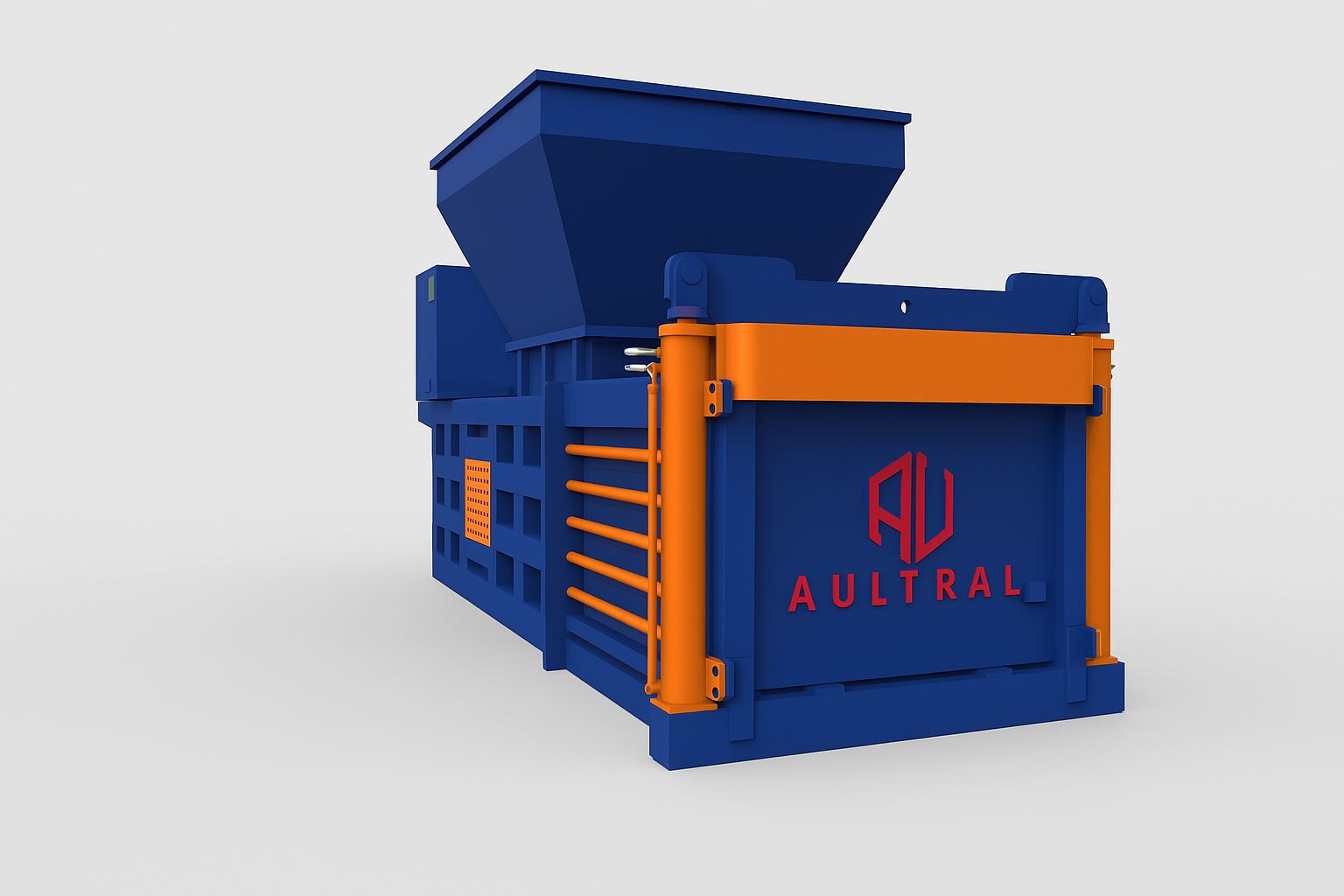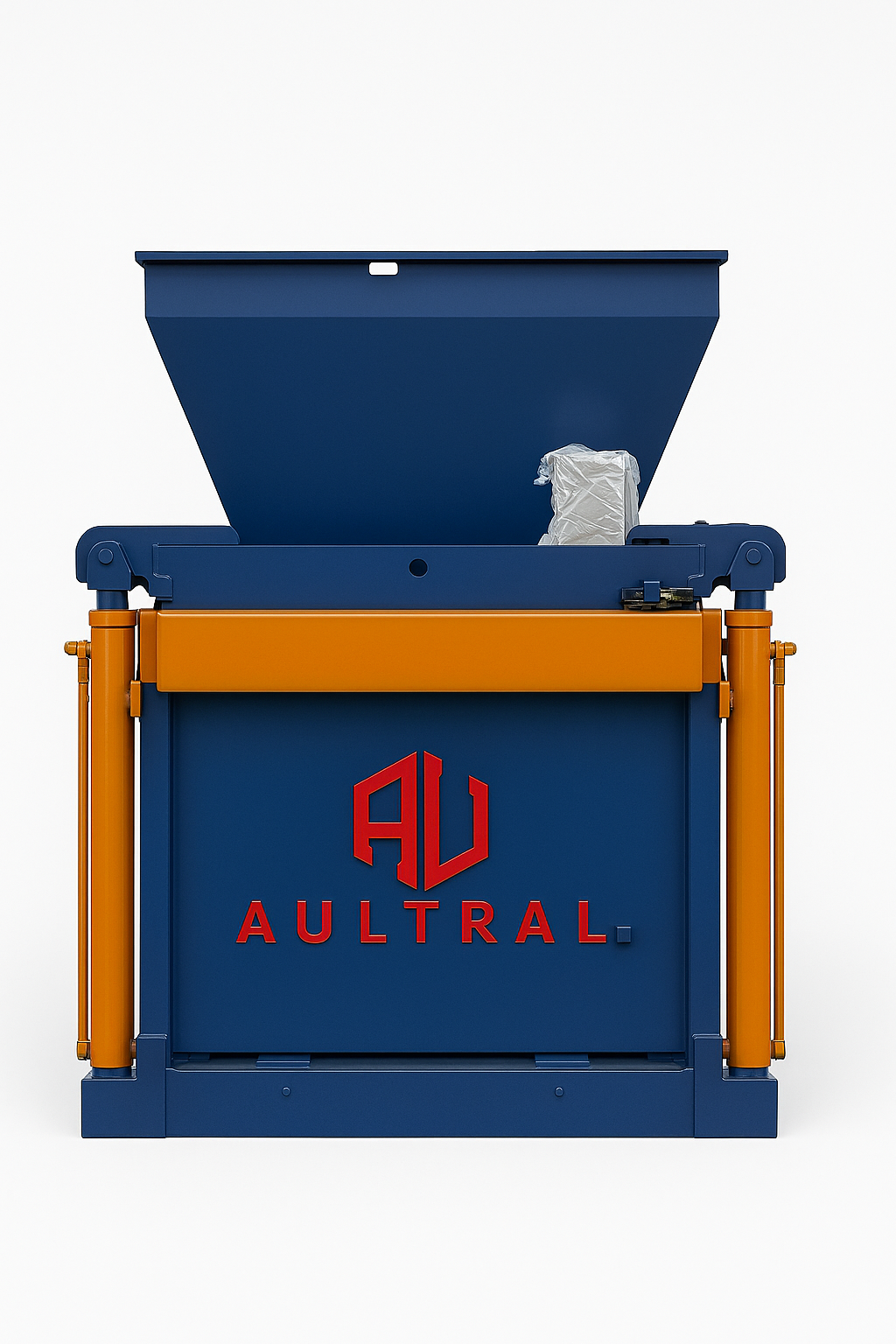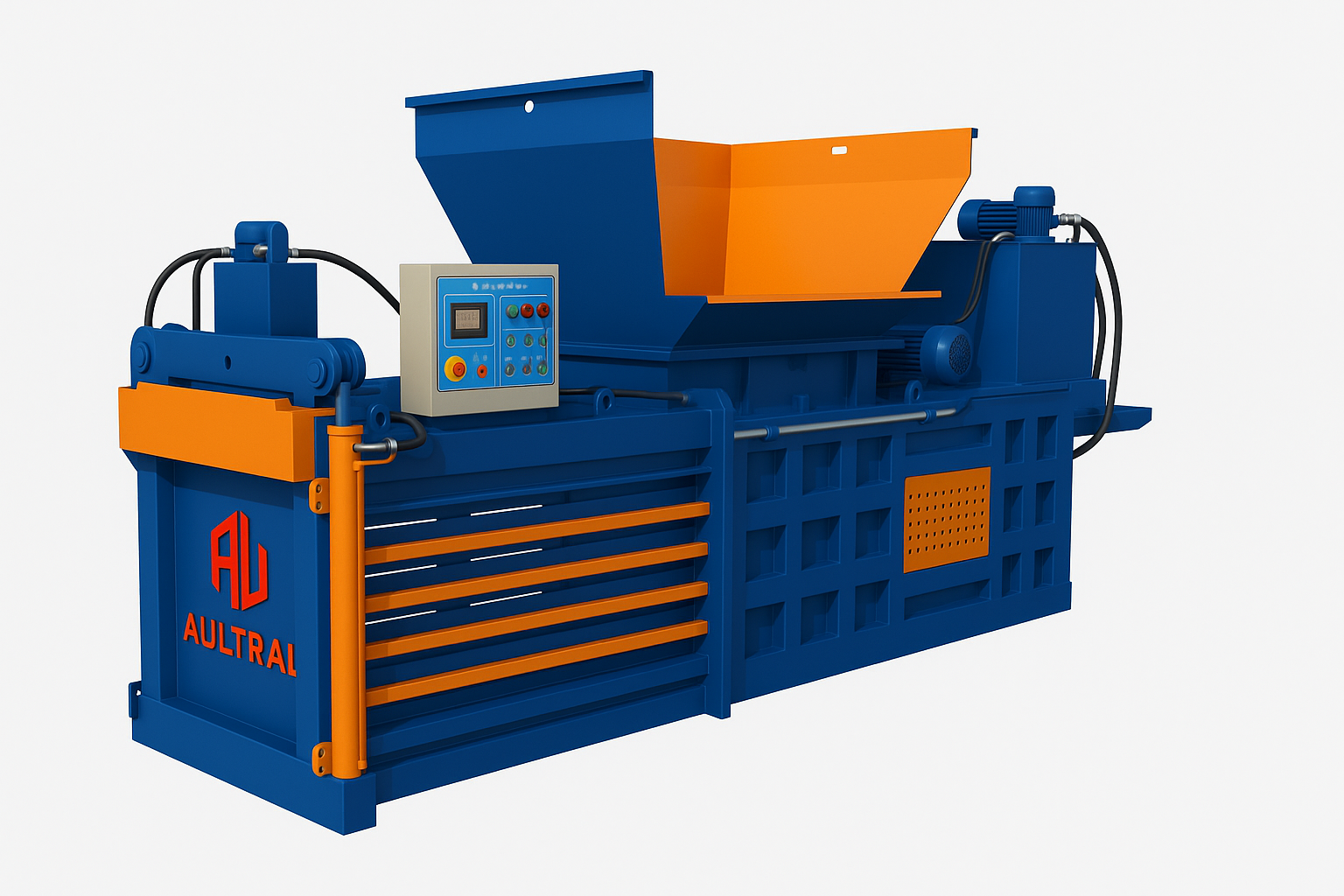What is a shredder?

A shredder is a mechanical device designed to cut materials into smaller pieces or strips, primarily for the purpose of disposal, recycling, or security. Shredders are widely used in various industries, offices, and households to process paper, plastics, metals, electronic waste, and even organic matter. The primary function of a shredder is to reduce bulk materials into manageable fragments, ensuring efficient waste management, data protection, or material recovery. Paper shredders, one of the most common types, are essential for destroying sensitive documents to prevent identity theft or corporate espionage. These machines employ sharp rotating blades to slice paper into confetti-like pieces or narrow strips, depending on the cutting mechanism. Industrial shredders, on the other hand, are heavy-duty machines capable of processing large volumes of tough materials such as tires, wood, metal scraps, and electronic components. These robust systems often use high-torque motors and hardened steel blades to handle demanding applications, including recycling and waste reduction. Another critical category is the hard drive shredder, which physically destroys data storage devices to ensure complete data eradication, a crucial practice for businesses handling confidential information. Shredders can also be found in agricultural settings, where they are used to chop crop residues, branches, and other organic waste into compostable material. The design and capacity of shredders vary significantly based on their intended use, ranging from small, portable units for home offices to massive industrial machines that process tons of material per hour. Key features to consider when selecting a shredder include cutting capacity, speed, security level (measured by particle size), noise level, and maintenance requirements. Advanced shredders may incorporate safety mechanisms such as automatic shut-off sensors to prevent overheating or jamming. Environmental benefits of shredding include promoting recycling by breaking down materials for reprocessing and reducing landfill waste. In summary, a shredder is a versatile and essential tool for security, waste management, and resource recovery, serving diverse applications across multiple sectors with efficiency and reliability.
Why to use a shredder?

Using a shredder is essential for security, efficiency, and environmental sustainability in both personal and professional settings. One of the primary reasons to use a shredder is to protect sensitive information from falling into the wrong hands. Identity theft and corporate espionage are significant risks, and shredding documents containing personal data, financial records, or confidential business details ensures they cannot be reconstructed or misused. Shredders are also crucial for complying with data protection laws such as GDPR or HIPAA, which mandate secure disposal of sensitive records. Beyond paper, modern shredders can destroy credit cards, CDs, USB drives, and hard drives, providing complete data destruction that software wiping cannot guarantee. Another key benefit is waste reduction and improved recycling efficiency. Shredded paper takes up less space in landfills and is easier to process in recycling plants, while shredded organic materials decompose faster for composting. In industrial settings, shredders break down bulky materials like plastic, metal, and rubber into smaller pieces for repurposing, reducing waste disposal costs and supporting circular economy initiatives. Offices benefit from shredders by maintaining clutter-free workspaces and securely disposing of outdated records without relying on third-party services. Shredding also enhances operational efficiency—industrial shredders process large volumes of waste quickly, saving time and labor compared to manual destruction methods. Additionally, shredding protects businesses from legal liabilities by ensuring proper disposal of confidential documents. For households, shredders prevent fraud by destroying bills, bank statements, and other personal papers before discarding them. Some shredders even feature energy-saving modes and quiet operation, making them convenient for daily use. In agriculture and landscaping, shredders turn branches and yard waste into mulch or biomass fuel, promoting sustainable practices. Overall, shredders offer a cost-effective, secure, and eco-friendly solution for managing waste, safeguarding privacy, and optimizing resource recovery across various industries and everyday life. Their versatility and reliability make them indispensable tools in today’s data-driven and environmentally conscious world.
How to use a shredder?

Using a shredder properly ensures optimal performance, longevity, and safety while protecting sensitive information. First, check the shredder’s specifications to confirm its capacity, acceptable materials (paper, credit cards, CDs, etc.), and sheet limits to avoid jams or motor strain. Before shredding, remove staples, paper clips, and adhesive materials, as these can damage the blades. For paper documents, avoid overloading the feed opening—insert sheets gradually rather than forcing thick stacks, as this can cause overheating or mechanical failure. If the shredder has an auto-feed function, align documents properly to ensure smooth processing. For hard drives, USB sticks, or CDs, use a shredder specifically designed for electronic media to ensure complete destruction. Always supervise the shredding process to prevent accidents, especially in environments with children or pets. If a jam occurs, turn off and unplug the shredder before carefully removing stuck paper using the reverse function or as instructed in the manual—never use sharp objects to dislodge debris, as this can harm the blades. To maintain efficiency, regularly lubricate the shredder blades with manufacturer-approved oil, especially after heavy use. Empty the waste bin frequently to prevent overflow, which can hinder performance and create fire hazards. For industrial shredders, follow strict operational guidelines, including wearing protective gear and ensuring proper training to handle large-scale material processing. Always place the shredder on a stable, flat surface to minimize vibrations and noise. After use, switch off the machine and unplug it to conserve energy and reduce wear. Store the shredder in a dry, dust-free area to prevent rust or electrical issues. Periodically inspect the blades for dullness or damage and replace them if necessary. For added security, consider cross-cut or micro-cut shredders for highly confidential documents, as they produce smaller, unreadable particles. By following these steps, you can maximize your shredder’s lifespan, maintain safety, and ensure effective destruction of sensitive materials for personal, office, or industrial needs.
